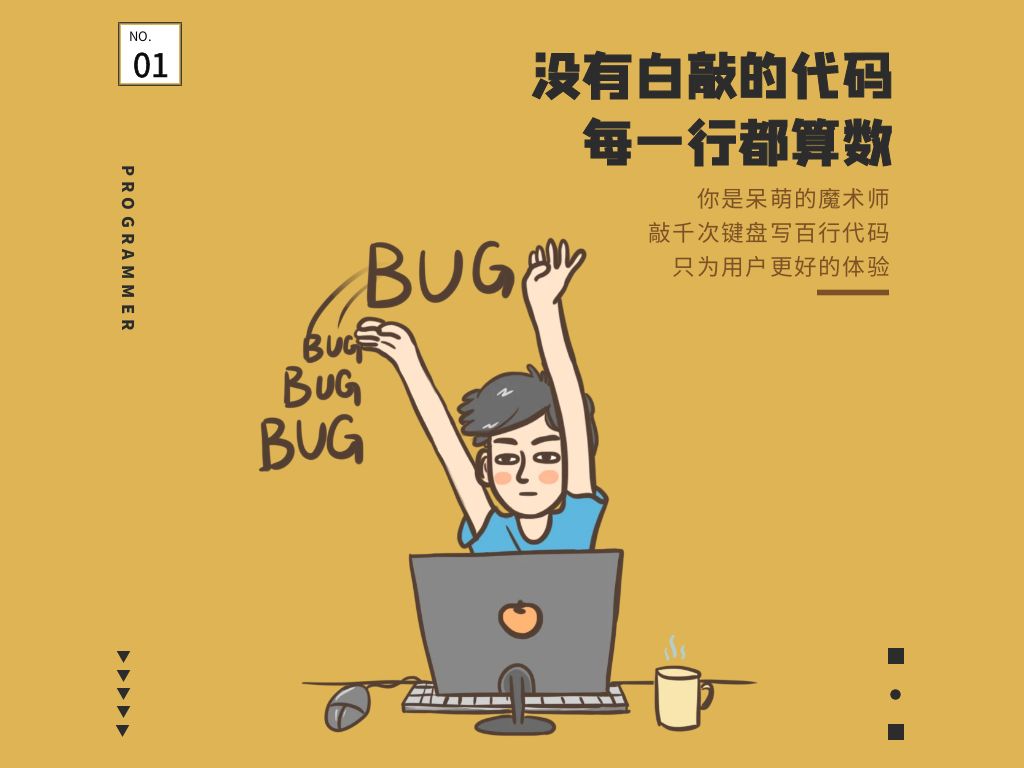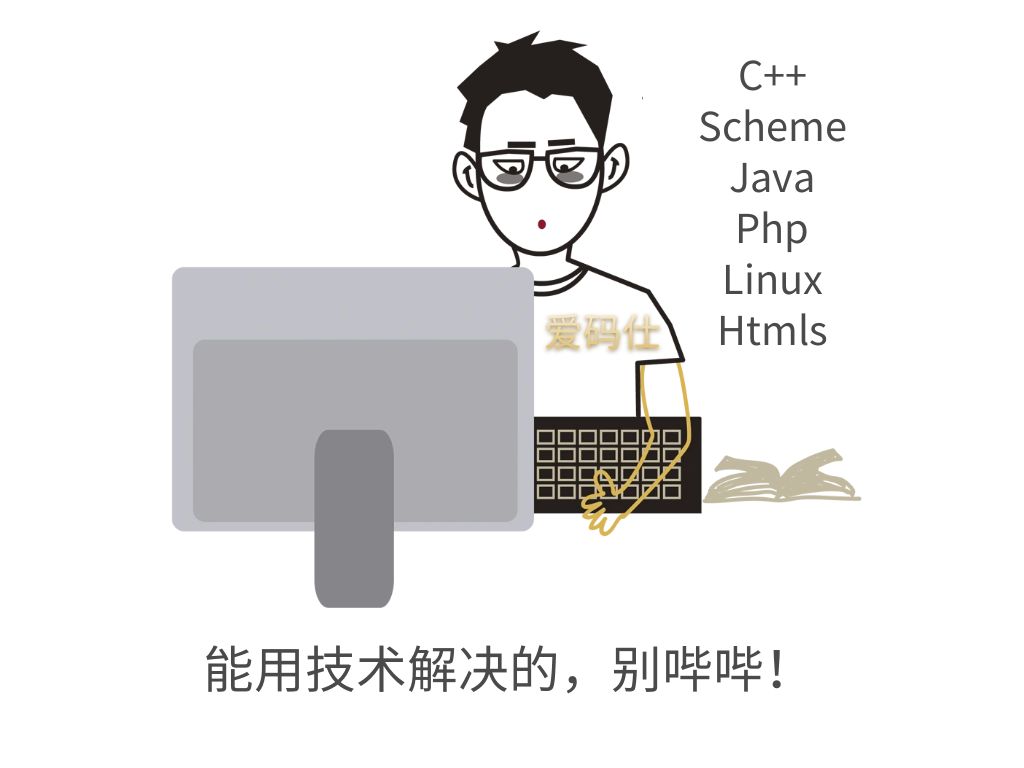本文主要是介绍QCustomPlot 2.0.1 源码分析,希望对大家解决编程问题提供一定的参考价值,需要的开发者们随着小编来一起学习吧!
z
目录
- The Layering system
- QCustomPlot
- 构成
- QCPLayer
- QCPGraph
- QCPAxis
- 绘制流程
- 交互方式
- 模式
- 流程
- 矩形选择模式
- 模式
- 流程
- 成员变量
- mLayers
- mGraphs
- mCurrentLayer
- mPlottables
- xAxis, yAxis, xAxis2, yAxis2
- mInteractions 交互方式
- mSelectionRectMode 矩形选择模式
- mMousePressPos
- 事件
- paintEvent
- mousePressEvent
- mouseMoveEvent
- mouseReleaseEvent
- 函数
- replot
- addLayer
- removeLayer
- layer
- currentLayer
- setCurrentLayer
- layerCount
- moveLayer
- setupPaintBuffers
- registerGraph
- registerPlottable
- setInteraction
- setInteractions
- Interactions
- processPointSelection
- setSelectionRectMode
- processRectSelection
- processRectZoom
- QCPLayer
- 父类 QObject
- 成员变量
- mChildren
- 函数
- drawToPaintBuffer
- draw
- addChild
- removeChild
- children
- QCPLayerable
- 父类 QObject
- 子类
- 描述
- 属性
- visible: 是否可见
- parentPlot: 父QCustomPlot
- parentLayerable: 父QCPLayerable
- layer: 所属的层QCPLayer
- 成员变量
- 函数
- 构造函数
- setLayer
- moveToLayer
- QCPGrid
- 父类 QCPLayerable
- QCPAxis 坐标轴
- 父类 QCPLayerable
- 成员变量
- 函数
- QCPAbstractItem
- 父类 QCPLayerable
- QCPSelectionRect
- 父类 QCPLayerable
- 函数
- startSelection
- moveSelection
- endSelection
- keyPressEvent
- QCPAbstractPlottable
- 父类 QCPLayerable
- 描述
- 函数
- 构造函数
- QCPLayoutElement 布局元素
- 父类 QCPLayerable
- QCPLayout 布局
- 父类 QCPLayoutElement
- QCPAxisRect
- 父类 QCPLayoutElement
- QCPAbstractLegendItem
- 父类 QCPLayoutElement
- QCPGraphData 图表数据
- QCPAbstractPaintBuffer 绘制缓存
- QCPPaintBufferPixmap
- 父类 QCPAbstractPaintBuffer
- QCPDataContainer 数据容器
- QCPColorMap
- 父类 QCPAbstractPlottable
- QCPFinancial
- 父类 QCPAbstractPlottable1D
- QCPStatisticalBox
- 父类 QCPAbstractPlottable1D
- QCPBars
- 父类 QCPAbstractPlottable1D
- QCPCurve
- 父类 QCPAbstractPlottable1D
- QCPGraph 图表
- 父类 QCPAbstractPlottable1D
- 属性
- lineStyle
- scatterStyle
- scatterSkip
- channelFillGraph
- adaptiveSampling
- 函数
- 构造函数
- 插入数据
- setData
- addData
- 线条类型
- 设置/获取线条类型
- 绘制
- draw
The Layering system
/*! \class QCPLayer
\brief A layer that may contain objects, to control the rendering order
The Layering system of QCustomPlot is the mechanism to control the rendering order of the
elements inside the plot.
It is based on the two classes QCPLayer and QCPLayerable. QCustomPlot holds an ordered list of
one or more instances of QCPLayer (see QCustomPlot::addLayer, QCustomPlot::layer,
QCustomPlot::moveLayer, etc.). When replotting, QCustomPlot goes through the list of layers
bottom to top and successively draws the layerables of the layers into the paint buffer(s).
A QCPLayer contains an ordered list of QCPLayerable instances. QCPLayerable is an abstract base
class from which almost all visible objects derive, like axes, grids, graphs, items, etc.
\section qcplayer-defaultlayers Default layers
Initially, QCustomPlot has six layers: “background”, “grid”, “main”, “axes”, “legend” and
“overlay” (in that order). On top is the “overlay” layer, which only contains the QCustomPlot’s
selection rect (\ref QCustomPlot::selectionRect). The next two layers “axes” and “legend” contain
the default axes and legend, so they will be drawn above plottables. In the middle, there is the
“main” layer. It is initially empty and set as the current layer (see
QCustomPlot::setCurrentLayer). This means, all new plottables, items etc. are created on this
layer by default. Then comes the “grid” layer which contains the QCPGrid instances (which belong
tightly to QCPAxis, see \ref QCPAxis::grid). The Axis rect background shall be drawn behind
everything else, thus the default QCPAxisRect instance is placed on the “background” layer. Of
course, the layer affiliation of the individual objects can be changed as required (\ref
QCPLayerable::setLayer).
\section qcplayer-ordering Controlling the rendering order via layers
Controlling the ordering of layerables in the plot is easy: Create a new layer in the position
you want the layerable to be in, e.g. above “main”, with \ref QCustomPlot::addLayer. Then set the
current layer with \ref QCustomPlot::setCurrentLayer to that new layer and finally create the
objects normally. They will be placed on the new layer automatically, due to the current layer
setting. Alternatively you could have also ignored the current layer setting and just moved the
objects with \ref QCPLayerable::setLayer to the desired layer after creating them.
It is also possible to move whole layers. For example, If you want the grid to be shown in front
of all plottables/items on the “main” layer, just move it above “main” with
QCustomPlot::moveLayer.
The rendering order within one layer is simply by order of creation or insertion. The item
created last (or added last to the layer), is drawn on top of all other objects on that layer.
When a layer is deleted, the objects on it are not deleted with it, but fall on the layer below
the deleted layer, see QCustomPlot::removeLayer.
\section qcplayer-buffering Replotting only a specific layer
If the layer mode (\ref setMode) is set to \ref lmBuffered, you can replot only this specific
layer by calling \ref replot. In certain situations this can provide better replot performance,
compared with a full replot of all layers. Upon creation of a new layer, the layer mode is
initialized to \ref lmLogical. The only layer that is set to \ref lmBuffered in a new \ref
QCustomPlot instance is the “overlay” layer, containing the selection rect.
*/
QCustomPlot
构成
QCPLayer
background: defaultAxisRect.
grid: xAxis->grid(), yAxis->grid(), xAxis2->grid(), yAxis2->grid().
main: mPlotLayout.
axes: 坐标轴xAxis, yAxis, xAxis2, yAxis2.
legend: legend.
overlay: mSelectionRect.
QCPGraph
QCPAxis
绘制流程
void QCustomPlot::replot(QCustomPlot::RefreshPriority)
virtual void QCPAxisRect::draw(QCPPainter*)
virtual void QCPGraph::draw(QCPPainter*)
virtual void QCPAxis::draw(QCPPainter*)
virtual void QCPAxis::draw(QCPPainter*)
void QCustomPlot::drawBackground(QCPPainter*)
void QCustomPlot::drawBackground(QCPPainter*)
交互方式
模式
enum Interaction { iRangeDrag = 0x001 ///< <tt>0x001</tt> Axis ranges are draggable (see \ref QCPAxisRect::setRangeDrag, \ref QCPAxisRect::setRangeDragAxes),iRangeZoom = 0x002 ///< <tt>0x002</tt> Axis ranges are zoomable with the mouse wheel (see \ref QCPAxisRect::setRangeZoom, \ref QCPAxisRect::setRangeZoomAxes),iMultiSelect = 0x004 ///< <tt>0x004</tt> The user can select multiple objects by holding the modifier set by \ref QCustomPlot::setMultiSelectModifier while clicking,iSelectPlottables = 0x008 ///< <tt>0x008</tt> Plottables are selectable (e.g. graphs, curves, bars,... see QCPAbstractPlottable),iSelectAxes = 0x010 ///< <tt>0x010</tt> Axes are selectable (or parts of them, see QCPAxis::setSelectableParts),iSelectLegend = 0x020 ///< <tt>0x020</tt> Legends are selectable (or their child items, see QCPLegend::setSelectableParts),iSelectItems = 0x040 ///< <tt>0x040</tt> Items are selectable (Rectangles, Arrows, Textitems, etc. see \ref QCPAbstractItem),iSelectOther = 0x080 ///< <tt>0x080</tt> All other objects are selectable (e.g. your own derived layerables, other layout elements,...)};
流程
矩形选择模式
模式
流程
QCustomPlot::mousePressEvent
QCustomPlot::mouseMoveEvent
QCustomPlot::mouseReleaseEvent
QCustomPlot::processPointSelection //处理选择
QCPAbstractPlottable::selectEvent
QCPAbstractPlottable::setSelectionQCustomPlot::replotQCPGraph::draw: 选择的部分和未选择的部分颜色不一样QCPAbstractPlottable1D<DataType>::getDataSegmentsQCPSelectionDecorator::applyBrush
成员变量
mLayers
QList<QCPLayer*> mLayers;
mGraphs
QList<QCPGraph*> mGraphs;
mCurrentLayer
QCPLayer *mCurrentLayer;
mPlottables
QList<QCPAbstractPlottable*> mPlottables;
xAxis, yAxis, xAxis2, yAxis2
QCPAxis *xAxis, *yAxis, *xAxis2, *yAxis2;
mInteractions 交互方式
QCP::Interactions mInteractions;
enum Interaction { iRangeDrag = 0x001 ///< <tt>0x001</tt> Axis ranges are draggable (see \ref QCPAxisRect::setRangeDrag, \ref QCPAxisRect::setRangeDragAxes),iRangeZoom = 0x002 ///< <tt>0x002</tt> Axis ranges are zoomable with the mouse wheel (see \ref QCPAxisRect::setRangeZoom, \ref QCPAxisRect::setRangeZoomAxes),iMultiSelect = 0x004 ///< <tt>0x004</tt> The user can select multiple objects by holding the modifier set by \ref QCustomPlot::setMultiSelectModifier while clicking,iSelectPlottables = 0x008 ///< <tt>0x008</tt> Plottables are selectable (e.g. graphs, curves, bars,... see QCPAbstractPlottable),iSelectAxes = 0x010 ///< <tt>0x010</tt> Axes are selectable (or parts of them, see QCPAxis::setSelectableParts),iSelectLegend = 0x020 ///< <tt>0x020</tt> Legends are selectable (or their child items, see QCPLegend::setSelectableParts),iSelectItems = 0x040 ///< <tt>0x040</tt> Items are selectable (Rectangles, Arrows, Textitems, etc. see \ref QCPAbstractItem),iSelectOther = 0x080 ///< <tt>0x080</tt> All other objects are selectable (e.g. your own derived layerables, other layout elements,...)};
mSelectionRectMode 矩形选择模式
QCP::SelectionRectMode mSelectionRectModeenum SelectionRectMode { srmNone ///< The selection rect is disabled, and all mouse events are forwarded to the underlying objects, e.g. for axis range dragging,srmZoom ///< When dragging the mouse, a selection rect becomes active. Upon releasing, the axes that are currently set as range zoom axes (\ref QCPAxisRect::setRangeZoomAxes) will have their ranges zoomed accordingly.,srmSelect ///< When dragging the mouse, a selection rect becomes active. Upon releasing, plottable data points that were within the selection rect are selected, if the plottable's selectability setting permits. (See \ref dataselection "data selection mechanism" for details.),srmCustom ///< When dragging the mouse, a selection rect becomes active. It is the programmer's responsibility to connect according slots to the selection rect's signals (e.g. \ref QCPSelectionRect::accepted) in order to process the user interaction.};
mMousePressPos
QPoint mMousePressPos; //鼠标按下的位置
事件
paintEvent
void QCustomPlot::paintEvent(QPaintEvent *event)
{Q_UNUSED(event);QCPPainter painter(this);if (painter.isActive()){painter.setRenderHint(QPainter::HighQualityAntialiasing); // to make Antialiasing look good if using the OpenGL graphicssystemif (mBackgroundBrush.style() != Qt::NoBrush)painter.fillRect(mViewport, mBackgroundBrush);drawBackground(&painter);for (int bufferIndex = 0; bufferIndex < mPaintBuffers.size(); ++bufferIndex)mPaintBuffers.at(bufferIndex)->draw(&painter);}
}
/*
QList<QSharedPointer<QCPAbstractPaintBuffer> > mPaintBuffers;
/
mousePressEvent
void QCustomPlot::mousePressEvent(QMouseEvent *event)
{emit mousePress(event);// save some state to tell in releaseEvent whether it was a click:mMouseHasMoved = false;mMousePressPos = event->pos();if (mSelectionRect && mSelectionRectMode != QCP::srmNone){if (mSelectionRectMode != QCP::srmZoom || qobject_cast<QCPAxisRect*>(axisRectAt(mMousePressPos))) // in zoom mode only activate selection rect if on an axis rectmSelectionRect->startSelection(event);} else{// no selection rect interaction, prepare for click signal emission and forward event to layerable under the cursor:QList<QVariant> details;QList<QCPLayerable*> candidates = layerableListAt(mMousePressPos, false, &details);if (!candidates.isEmpty()){mMouseSignalLayerable = candidates.first(); // candidate for signal emission is always topmost hit layerable (signal emitted in release event)mMouseSignalLayerableDetails = details.first();}// forward event to topmost candidate which accepts the event:for (int i=0; i<candidates.size(); ++i){event->accept(); // default impl of QCPLayerable's mouse events call ignore() on the event, in that case propagate to next candidate in listcandidates.at(i)->mousePressEvent(event, details.at(i));if (event->isAccepted()){mMouseEventLayerable = candidates.at(i);mMouseEventLayerableDetails = details.at(i);break;}}}event->accept(); // in case QCPLayerable reimplementation manipulates event accepted state. In QWidget event system, QCustomPlot wants to accept the event.
}mouseMoveEvent
void QCustomPlot::mouseMoveEvent(QMouseEvent *event)
{emit mouseMove(event);if (!mMouseHasMoved && (mMousePressPos-event->pos()).manhattanLength() > 3)mMouseHasMoved = true; // moved too far from mouse press position, don't handle as click on mouse releaseif (mSelectionRect && mSelectionRect->isActive())mSelectionRect->moveSelection(event);else if (mMouseEventLayerable) // call event of affected layerable:mMouseEventLayerable->mouseMoveEvent(event, mMousePressPos);event->accept(); // in case QCPLayerable reimplementation manipulates event accepted state. In QWidget event system, QCustomPlot wants to accept the event.
}mouseReleaseEvent
void QCustomPlot::mouseReleaseEvent(QMouseEvent *event)
{emit mouseRelease(event);if (!mMouseHasMoved) // mouse hasn't moved (much) between press and release, so handle as click{if (mSelectionRect && mSelectionRect->isActive()) // a simple click shouldn't successfully finish a selection rect, so cancel it heremSelectionRect->cancel();if (event->button() == Qt::LeftButton)processPointSelection(event);// emit specialized click signals of QCustomPlot instance:if (QCPAbstractPlottable *ap = qobject_cast<QCPAbstra这篇关于QCustomPlot 2.0.1 源码分析的文章就介绍到这儿,希望我们推荐的文章对编程师们有所帮助!





